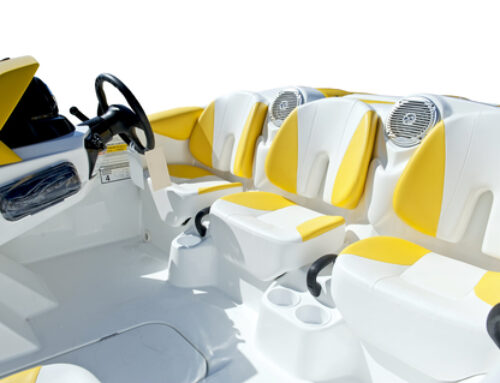EPA changes paint-stripping rules
The U.S. Environmental Protection Agency (EPA) revised a rule to regulate area source emission standards for paint stripping and surface coating. The EPA agreed to limit its definition of hazardous air pollutants (HAPs). The original rule would have regulated area sources that include boatyards, marinas and small boatbuilders with emissions of HAPs under 10 tons. Marine paints, styrene and reinforced plastics all contain HAPs. The proposed rule would have required owners to implement a series of work practice standards and conduct all surface coating operations inside a spray booth.
The EPA agreed to revise the rule to include only compounds that contain cadmium, chromium, lead, manganese and nickel. None of the included chemicals are used in marine applications. Aerosol caulks, adhesives, sealants, coatings and maskants are also exempt.
The National Marine Manufacturer’s Association (NMMA) recommends small boatbuilders, marinas and boatyards review the chemicals in their surface coatings to see if they contain any HAPs of concern. A company may be out of compliance if it uses methylene chloride in paint stripping operations.
The NMMA sent formal written complaints to the EPA on behalf of the recreational marine industry, which was the catalyst for this rule change.
 TEXTILES.ORG
TEXTILES.ORG 





